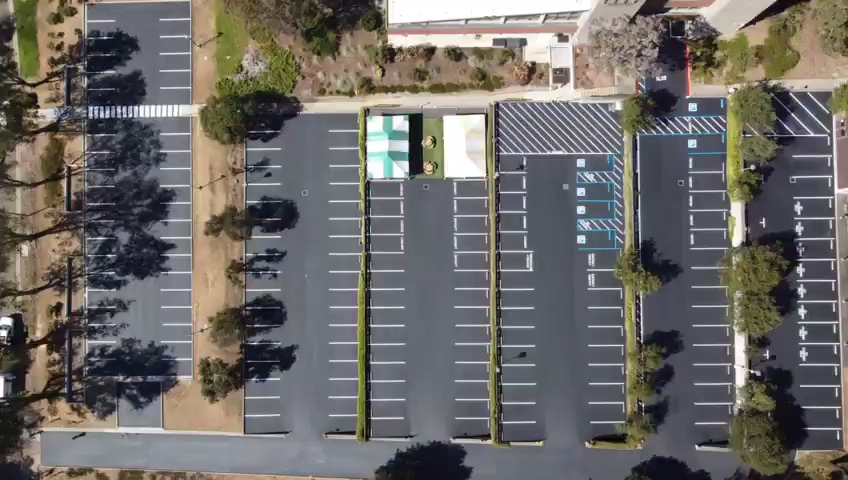Striping


Direction of Traffic
Striping plays a crucial role in regulating traffic by clearly designating lanes for different types of vehicles. This includes marking turn lanes, bike lanes, and other special use areas. Traffic control symbols, such as arrows and stop lines, guide drivers and facilitate a systematic and orderly movement of vehicles.
Parking spaces
In parking lots, striping is instrumental in organizing parking spaces effectively. Clearly marked stalls, along with directional arrows, ensure efficient use of available space and help prevent congestion. Additionally, handicap spaces, loading zones, and other specialized areas are demarcated to comply with accessibility requirements and regulations.


Compliance with Regulations
Striping is carried out in accordance with local and national regulations governing traffic and parking. Compliance ensures that the pavement markings meet specific standards regarding color, size, and placement, contributing to a standardized and universally understood system of road and parking lot markings.

Maintenance and Restriping
Regular maintenance and restriping are essential to ensure that markings remain clear and visible over time. Factors such as weather, traffic volume, and wear and tear can affect the longevity of pavement markings. Periodic restriping is necessary to uphold safety standards and compliance with regulations.
